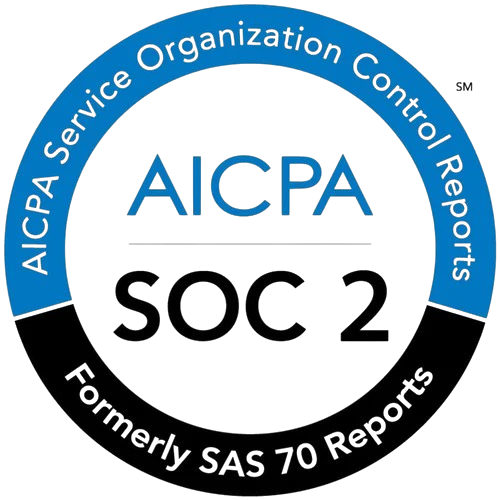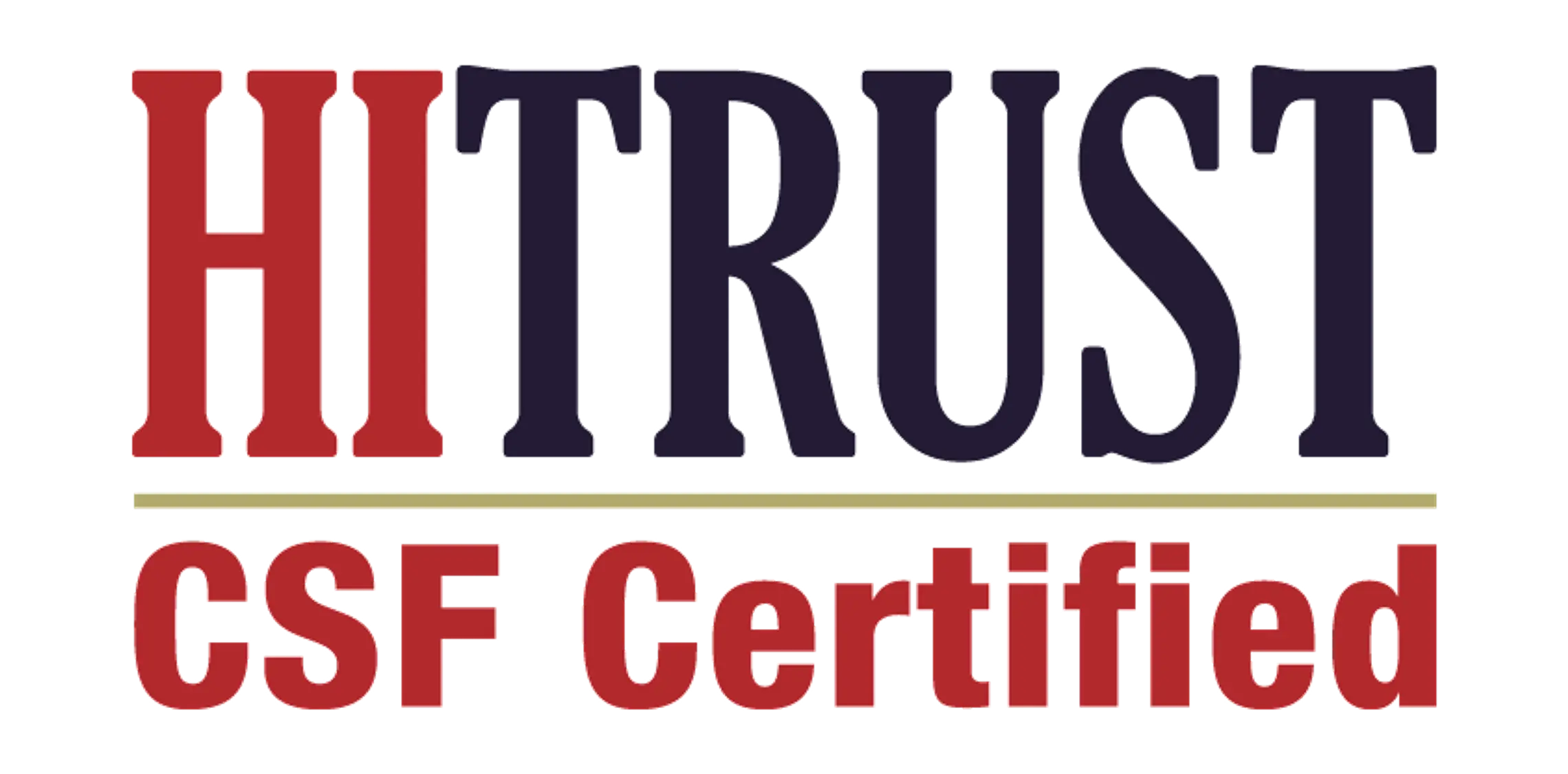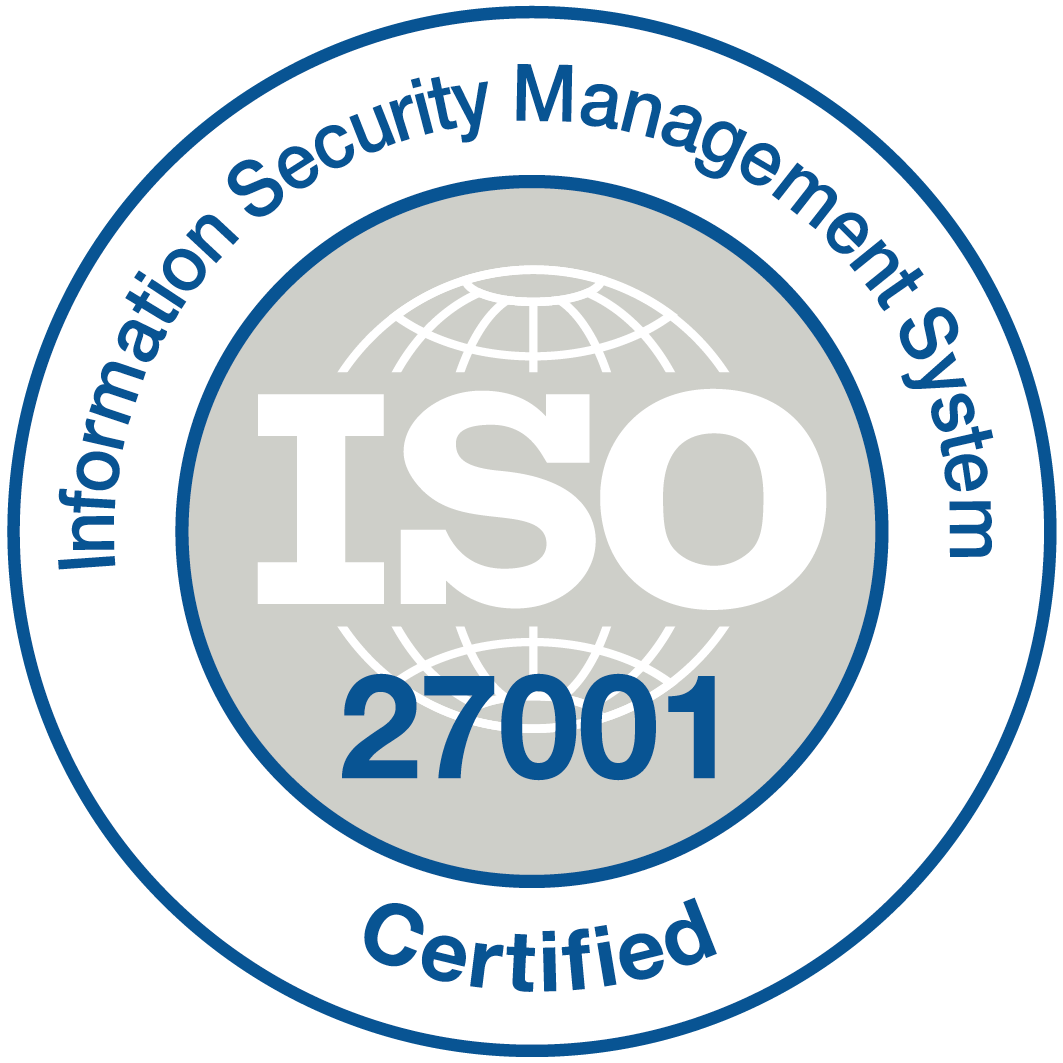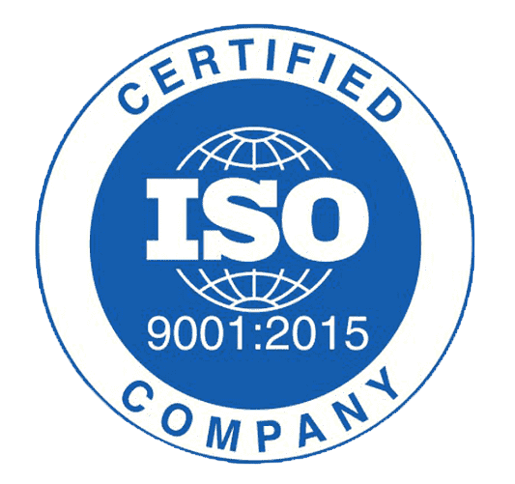Unlocking revenue potential: Optimizing the backend of healthcare revenue cycle management

In the dynamic world of healthcare, the importance of effective revenue cycle management (RCM) cannot be overstated. While many organizations focus on front-end processes such as patient registration and insurance verification, optimizing the backend of the revenue cycle is equally crucial. The backend encompasses billing, claims processing, payment posting, and accounts receivable management. Enhancing these processes not only streamlines operations but also boosts revenue, ensuring that healthcare providers get paid promptly and accurately for the services they deliver.
1. Automate Key Processes
One of the most significant ways to optimize the backend of the revenue cycle is through automation. Implementing advanced billing software can reduce manual entry errors, streamline claims processing, and accelerate the billing cycle. Automated systems can track claims status in real-time, send automatic follow-ups on outstanding claims, and even predict payment delays based on historical trends. This not only frees up staff to focus on higher-level tasks but also leads to quicker resolution of account issues, ultimately improving cash flow.
2. Enhance Claims Management
The claims submission process is critical for revenue generation in healthcare. To optimize this aspect, organizations must adopt a proactive approach to claims management. This includes conducting regular audits to identify common denials and addressing the root causes effectively. Training staff on coding best practices and ensuring that all necessary documentation is complete before submission can significantly decrease denial rates. Moreover, leveraging analytics tools can help identify trends and patterns, allowing healthcare providers to adjust their practices and minimize future denials.
3. Strengthen Denial Management
Even with enhanced claims processes, denials will inevitably occur. What sets successful organizations apart is their ability to manage these denials efficiently. Developing a denial management strategy that includes categorizing denials, identifying trends, and implementing corrective actions can lead to significant revenue recovery. Engaging multidisciplinary teams to review denial reasons, learn from them, and adjust operational practices can greatly improve the overall financial health of the organization.
4. Focus on Patient Billing and Communication
While the backend primarily involves processing and billing, patient interactions shouldn’t be overlooked. Clear communication regarding patient responsibilities and the billing process can enhance patient satisfaction and reduce confusion. Optimizing patient billing statements and ensuring they are user-friendly can lead to quicker payments. Furthermore, offering multiple payment options, like online payments or payment plans, can help accommodate various patient needs, reducing aging accounts receivable.
5. Utilize Data Analytics
Data analytics is a powerful tool in revenue cycle optimization. By closely monitoring financial performance metrics such as days in accounts receivable (DAR), net collection rates, and claim denial rates, healthcare organizations can gain valuable insights into their revenue processes. Implementing dashboards that provide real-time data can help identify issues before they escalate and encourage informed decision-making.
6. Continuous Training and Development
Lastly, investing in continuous training for staff involved in the revenue cycle is a cornerstone of optimization. Regular training sessions on updated coding regulations, billing practices, and software tools can empower employees and enhance productivity. A knowledgeable workforce is more likely to navigate the complexities of the revenue cycle effectively, resulting in improved performance and increased revenue.
In conclusion, optimizing the backend of the healthcare revenue cycle is essential for enhancing efficiency, reducing denials, and ensuring timely payments. By adopting automation, refining claims management, improving patient communication, leveraging data analytics, and investing in staff education, healthcare organizations can unlock their revenue potential and pave the way for sustainable financial success. Don’t overlook the backend; it may just be the key to your organization’s financial health.


